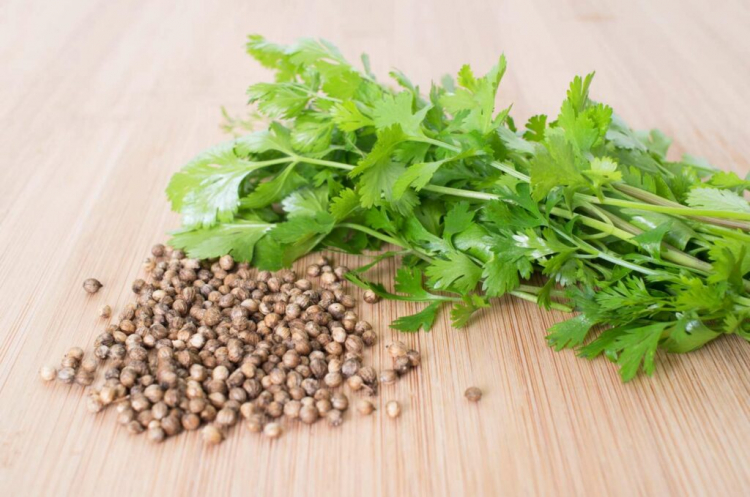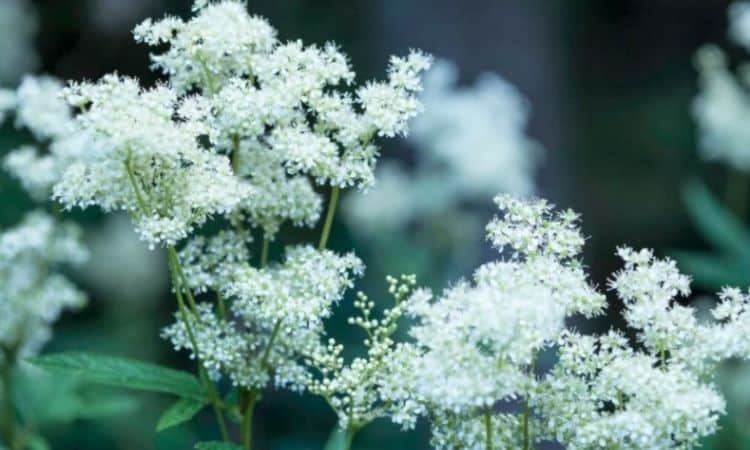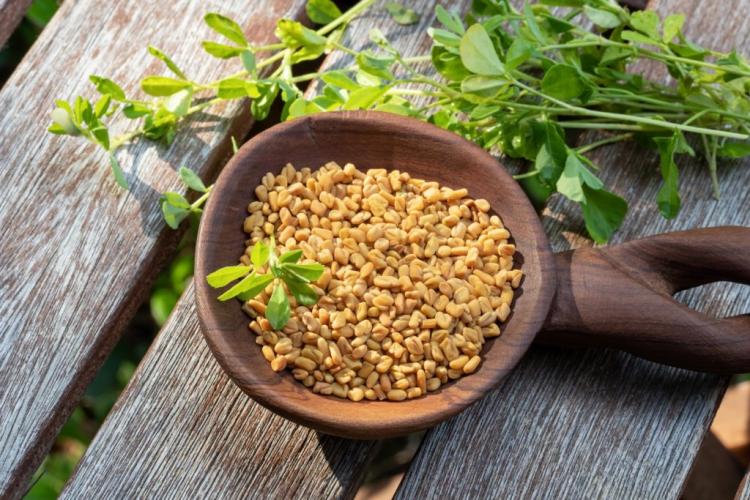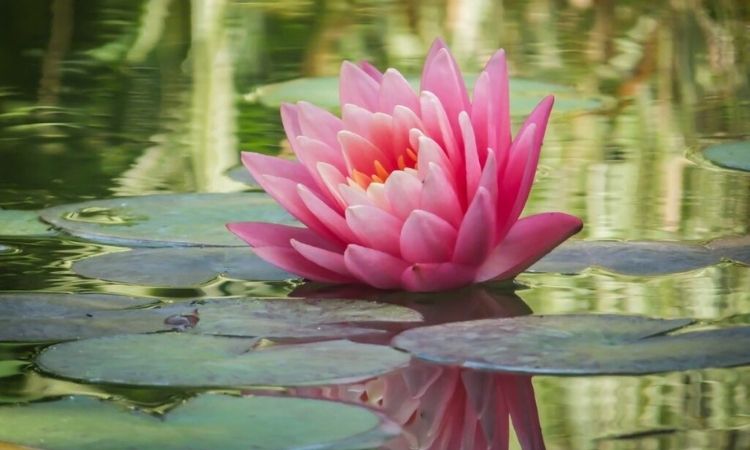Watering Hydrangeas: When, How Often And How Much?
Hydrangeas will only thrive and form their beautiful flowers with the right amount of water. We show what you have to consider when watering hydrangeas.
In the case of the hydrangea, the name says it all. The deciduous shrub loves a good supply of water. The botanical name hydrangea is derived from Greek and means something like “water jug”.
Watering hydrangeas properly: how to proceed
Table of Contents
Hydrangeas love moist soil, but they cannot tolerate waterlogging any more than drought. Therefore, in addition to regular watering, having sufficiently permeable soil is important. When watering your hydrangeas, be sure to distribute the water at the base of the plant rather than watering it from above to keep the soil moist. This keeps flowers and leaves dry and the risk of powdery mildew can be reduced.
Since hydrangeas prefer a low pH in the soil, it is important not to use hard water for watering, as this will raise the pH in the long term. It is best to use rainwater to water hydrangeas – this is not only good for the plants but also the environment and your wallet.
Tip: On particularly hot days the hydrangea plants may position their leaves in a hanging position, which is reminiscent of wilting. However, this is not a cause for concern, but a normal protective mechanism that plants use to reduce evaporation.
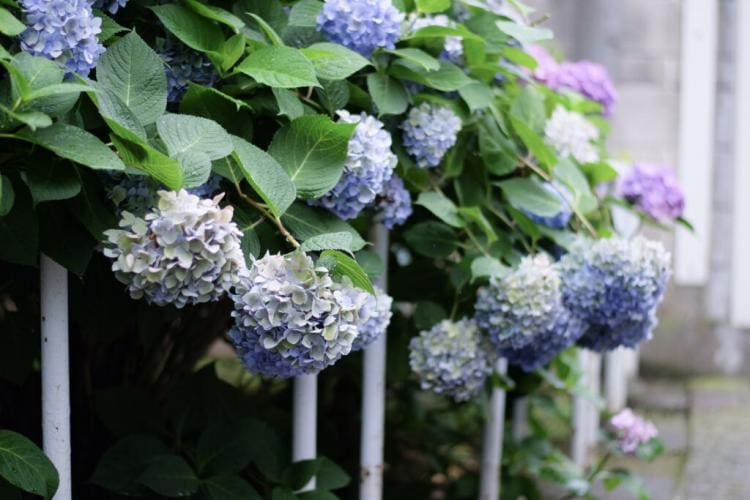
When is the best time to water hydrangeas?
Hydrangea plants always want to be supplied with sufficient water. This means that as soon as the substrate feels dry, it is time to water again you need to keep the soil moist. With potted hydrangeas, in particular, it is worth checking the moisture again with your fingers, as the substrate in the tub dries out much faster. A suitable time of day for watering is the morning and/or the evening. In contrast to the middle of the day, the sun’s rays and the temperature are usually lower, so that the water supplied cannot evaporate again as quickly.
You might so like: Climbing Hydrangea Pruning: Tips in Timing And Pruning
Tip: Do not use open-pored clay pots for hydrangea plants, as they release a lot of moisture into the environment. Glazed clay pots or plastic buckets hold moisture longer and are therefore better suited.
Water hydrangeas in winter
During the winter it is important to check the soil around the plant from time to time because even in the cold season it should never be bone dry. Ground frosts that occur in the winter months are in themselves not a threat to hydrangeas as they are hardy. Unless the soil is very dry, it is better not to water the hydrangeas in winter. Otherwise, in mild winters, the buds and leaf shoots may even swell prematurely. When it gets cold again, these delicate leaves freeze to death. However, watering indoor hygrangeas in potted plants that are in frost-free winter quarters should occasionally be given a small sip of water.
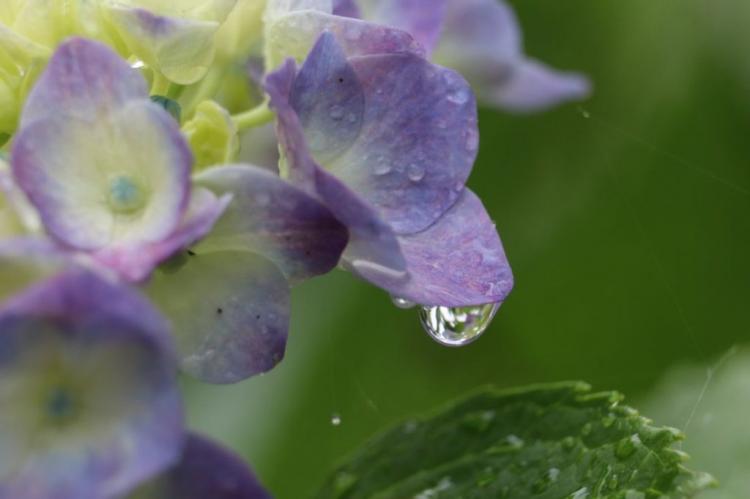
How often should you water hydrangeas?
How often you should water your hydrangeas depends on many factors, such as location, rainfall, time of year, substrate, plant size, and type of hydrangea. The fact whether the plant is outdoors or in a tub also makes a difference. The watering itself is ideally done in small doses instead of letting everything rain down on the plant like a torrent. On hot summer days, it is advisable to water the hydrangea daily. If it is in the bucket, it may even be necessary to water twice a day. The watering amount is slowly reduced towards autumn. But even then, it still applies that the substrate around the hydrangea should not dry out completely.
You might so like: How To Planting Hydrangeas In Pots And Beds
In general, there are no fixed instructions for watering the hydrangeas. Instead, an empirical value is formed from the various factors and observations that you can use to find the perfect watering routine for your hydrangeas. You can also mulch your hydrangea, after all, hydrangeas love a layer of mulch on the ground, which reduces the evaporation of water from the soil.
Tip: Pot hydrangeas that are in a sun-exposed place should be watered several times on sunny summer days (2 to the max. 3 times a day), as the water in the bucket evaporates faster than in one because of the smaller soil volume and the loosest structure of the potting soil Flower bed.
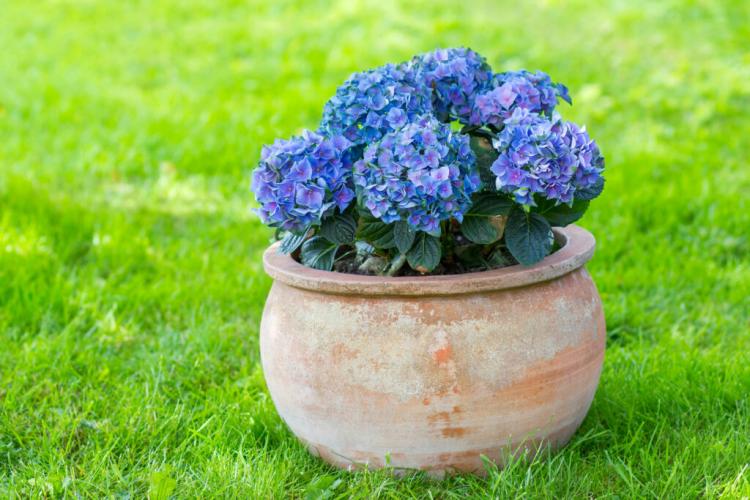
Hydrangeas sag leaves: have they been watered too much?
Believe it or not, even the thirsty hydrangeas can be watered too much. Drooping, yellow-discolored leaves can indicate root rot, which is caused by waterlogging. To avoid waterlogging in a pot, the pot should have holes in the bottom so that excess water can easily drain away. You should also give the hydrangeas smaller amounts of water several times a day rather all at once.
You might so like: Panicle Hydrangea: Plants, Propagation, Cutting And The Best Varieties
As soon as you notice the first signs of root rot in a hydrangea, you need to act quickly before the roots die off completely. Dig up the hydrangea and remove the rotten parts of the roots. Then it should be planted again in fresh soil and only watered cautiously at first.
Tip: Would you like to know more about caring for your hydrangeas? Then you will find all further information in our special article.

